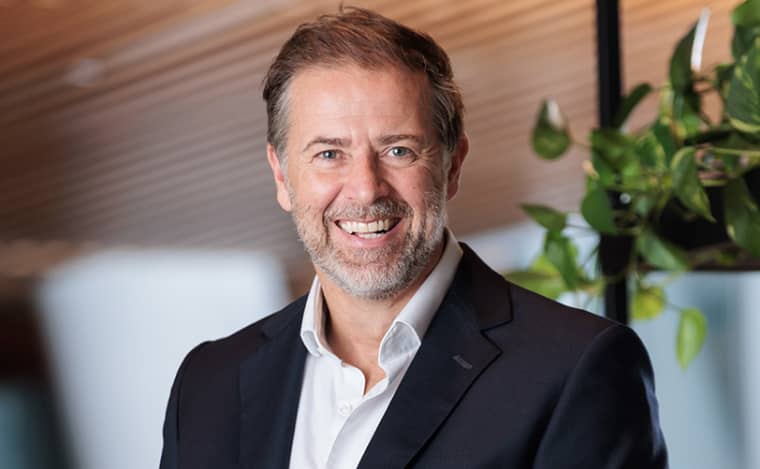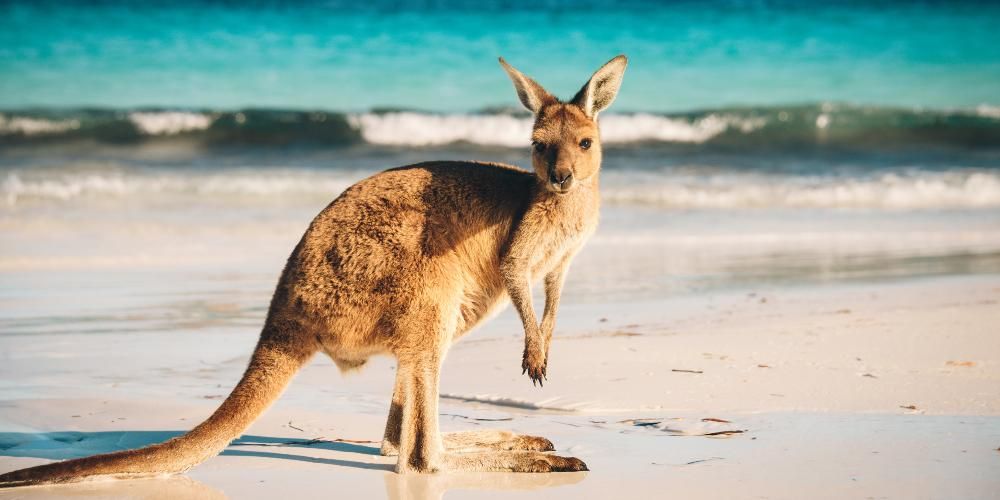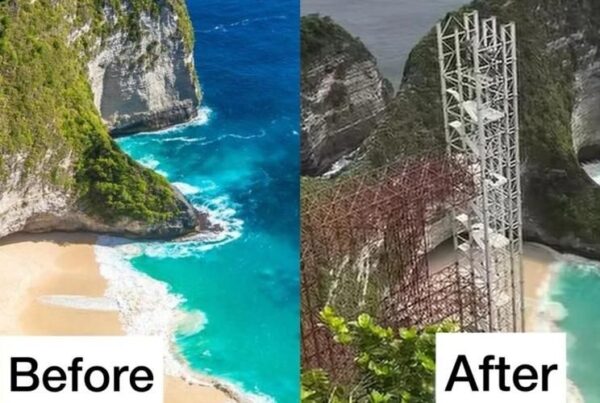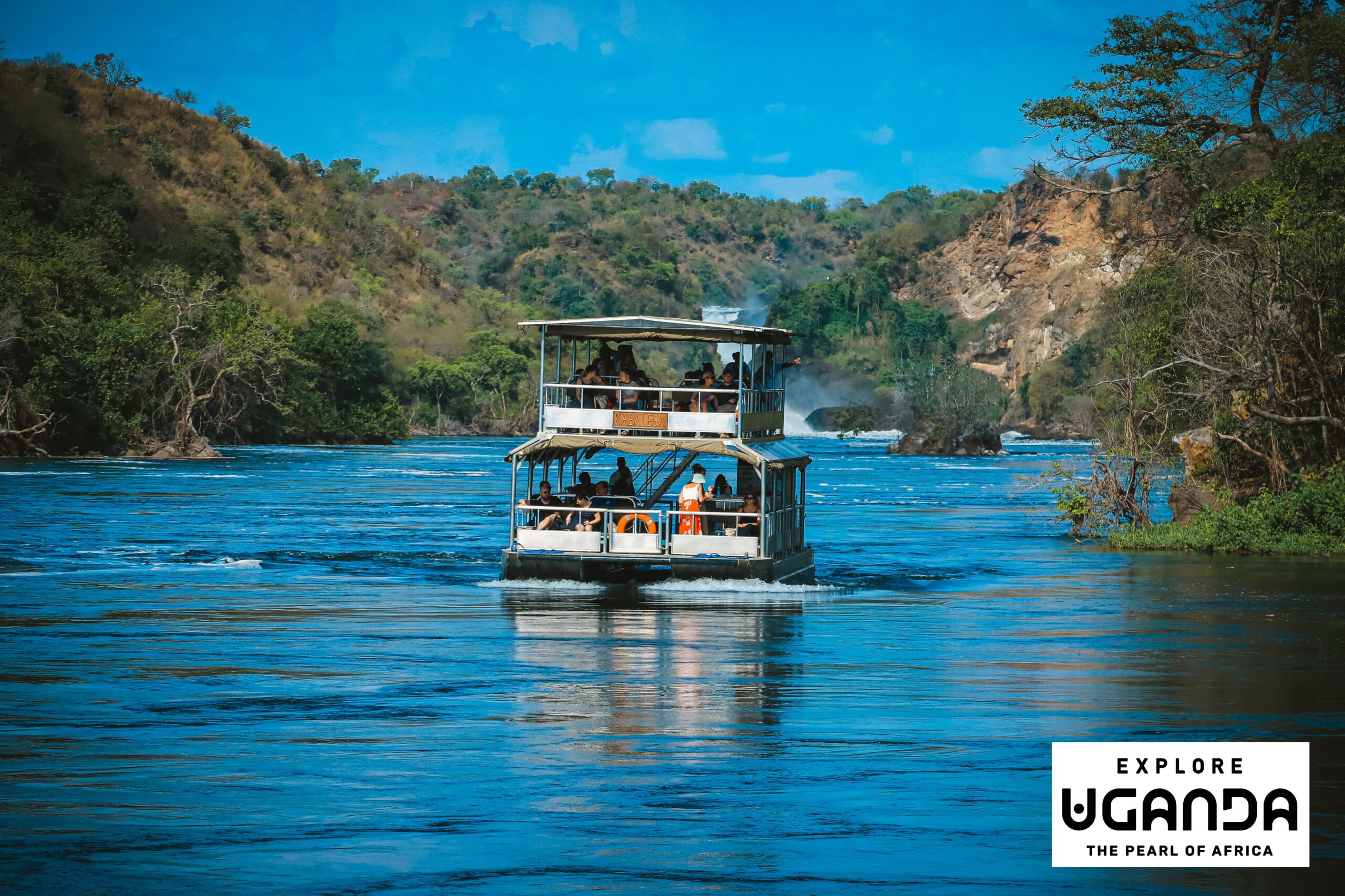As the Federal Election approaches, an alarming gap has emerged in the national policy agenda – the future of regional tourism.
Despite supporting over 100,000 businesses and employing 6.7% of Australia’s non-metro workforce, regional tourism continues to be overlooked in key funding and infrastructure decisions.
Operators, already grappling with challenges such as poor connectivity, low visitor numbers and rising costs, risk being left behind, according to Tourism Research Australia’s 2023–24 Tourism Investment Monitor.
David Anderson, CEO of Big Red Group – Australia’s largest experience marketplace – has called on the incoming federal government to move beyond short-term initiatives and deliver a robust, long-term strategy focused on improving access, infrastructure, and workforce development to safeguard the future of this critical sector.
“Regional tourism is undoubtedly a cornerstone of Australia’s economy and our nation. Yet, growth is stifled by infrastructure gaps and limited accessibility,” Mr Anderson said.
“Short-term funding and event-based initiatives aren’t enough to tackle these deep-rooted challenges. The next Federal Government must stand and deliver by creating a long-term, strategic plan that addresses the unique needs of the industry and positions these regional areas for sustainable growth.”
The Tourism Investment Monitor reveals that while investment in capital cities continues to climb, investment in regional areas has either stagnated or declined across most states and territories. This trend suggests that government policy is favouring metropolitan hubs, which typically attract higher volumes of domestic and international visitors, while leaving regional destinations underfunded and underdeveloped.

David Anderson, CEO of Big Red Group.
“A key issue is a lack of affordable transport options, coupled with rising airfares, making it harder for tourists to reach regional destinations,” Mr Anderson said. “This ultimately impacts local businesses and communities who rely on visitor spending.”
Mr Anderson urged greater investment in regional flight connectivity, including potential subsidies for regional routes or new partnerships with airlines, to improve affordability and accessibility.
“But connectivity alone isn’t enough,” he said. “To future-proof regional tourism, we must also invest in core infrastructure and workforce development. Roads, digital connectivity, accommodation, and skills training are just as vital for operators to continue delivering uniquely Australian experiences.”
He stressed that a serious commitment to long-term planning and funding – not just short bursts of project-based investment – is essential.
“For regional tourism to truly thrive, we ask for government commitment to sustained, long-term investments – not just in projects, but in people, places, and planning. With the right commitment, regional Australia can drive the country’s tourism growth.”









